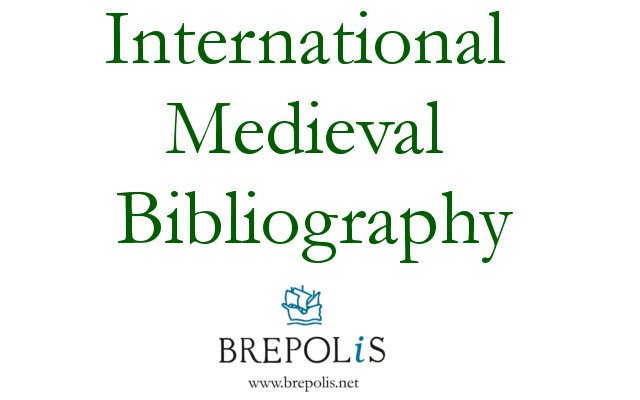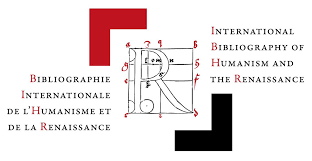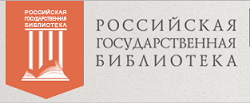The Problem of Migrants from the Right-Bank Ukraine in the Relationships between Russia and the Left-Bank Cossack Hetmanate (1680–1681)
DOI:
https://doi.org/10.31168/2073-5731.2024.3-4.01Keywords:
Ivan Samojlovich, Russo-Ukrainian relationships, The Left-Bank Cossack Hetmanate, The Right-Bank Ukraine, mass migration, Sloboda regiments of Belgorodskij razriadAbstract
During the Russo-Turkish war of 1672–1681 the population of the Right-Bank Ukraine massively migrated eastwards across Dnepr, trying to escape the Ottoman domination and Crimean attacks. The vast majority of migrants settled on the land of the Belgorodzkij razriad (regiment), which bordered the Left-Bank Cossack Hetmanate. Military units of Belgorodzkij razriad included so-called sloboda regiments, recruited from Ukrainian Cossacks, who had relocated there some time before. Its administrative structure was close to the one of the Left-Bank Hetmanate. The end of the Russo-Turkish war in 1681 made the problem of migrants from the Right Bank an urgent matter in the relations between the Left-Bank hetman Ivan Samojlovich and the Russian government. As Samojlovich realized that the Right Bank wouldn’t return under his control any time soon, he requested from Moscow to transfer the sloboda regiments under hetmans power or to unpopulated Southern lands where migrants from the Right Bank were supposed to be settled. This problem was constantly discussed during the negotiations between Samojlovich or his representatives with the Russian government. The latter was ready to settle migrants on the Russian lands but refused to give hetman authority over them, which caused some tensions in the Russian-Ukrainian relations in the first months after the conclusion of the Bakhchysarai treaty of 1681.
Received: 01.06.2024.
Revised: 03.08.2024.
Accepted: 24.09.2024.
Citation
Florya B. N. The Problem of Migrants from the Right-Bank Ukraine in the Relationships between Russia and the Left-Bank Cossack Hetmanate (1680–1681) // Slavic Almanac. 2024. No 3–4. P. 12–21 (in Russian). DOI: 10.31168/2073-5731.2024.3-4.01






